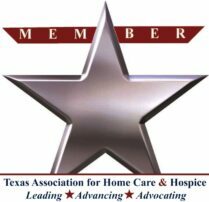Safety Measures and Patient Education for Supplemental Oxygen Use
Safety Measures and Patient Education for Supplemental Oxygen Use Instruct all oxygen dependent patients and caregivers on safety measures and precautions to be observed with oxygen use. Reinforce strict instructions regarding “no smoking” in the room, irrespective to oxygen use. Oxygen can get trapped in the bedsheets and curtains for long periods of time and can be a potential source of fire accident. Educate the patient and family on posting “no smoking” and “oxygen in [...]

